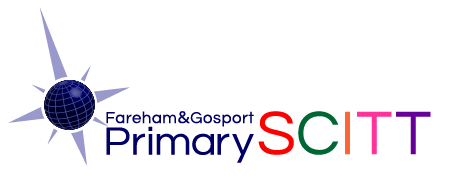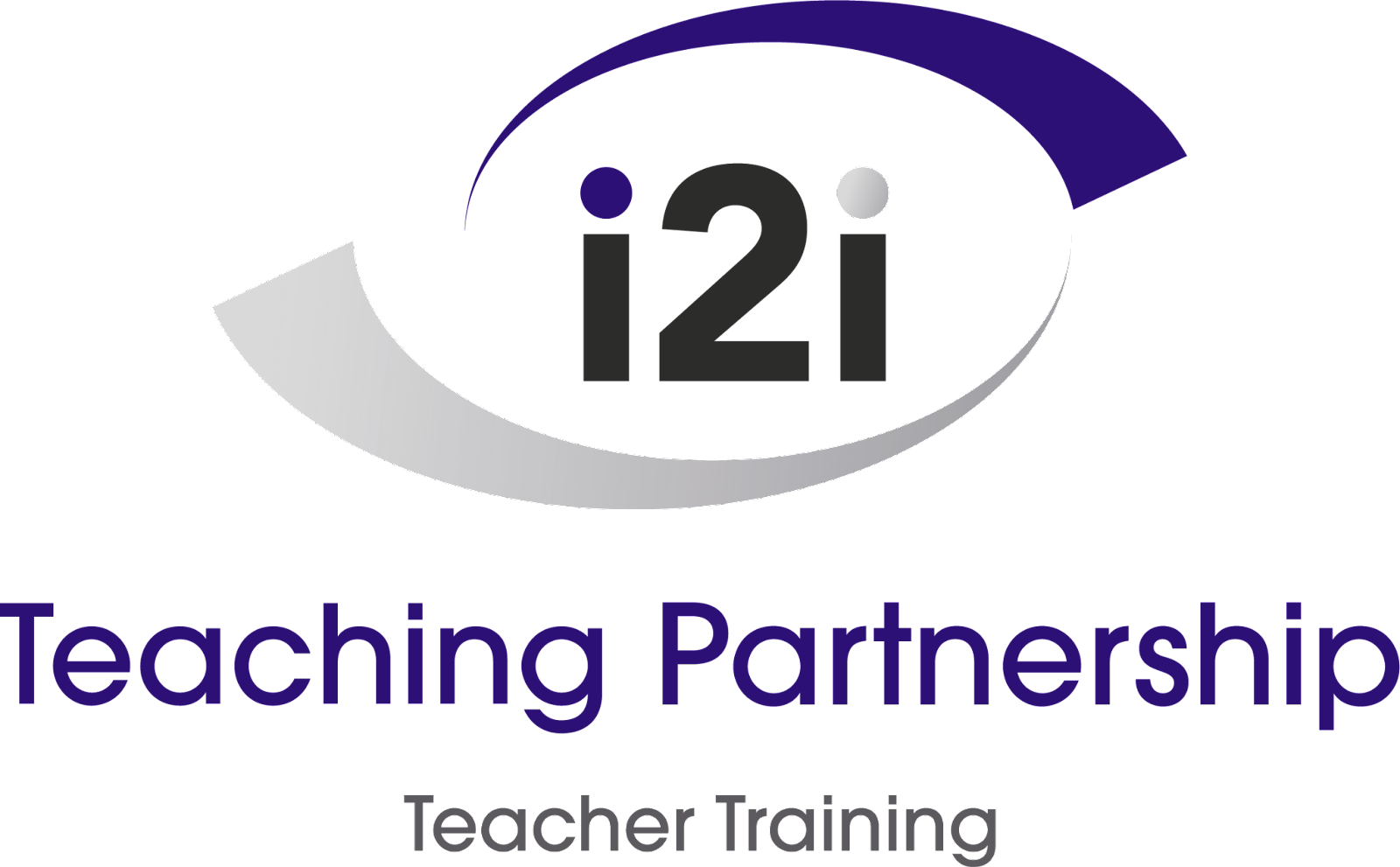The Role of the Trainee Teacher
When making an application for ITT through the Fareham & Gosport Primary SCITT, it is important for all applicants to have a clear understanding of the role of the teacher and the type of person we are looking for.
A copy of the trainee teacher role description along with a person specification have been provided below and can be used as a guide to help with the application process:
Fundamental English and mathematics proficiencies
Providers will be required to assure trainee teachers have the fundamental English and mathematics proficiencies that all teachers need.
ITT providers will have to assure that trainees have these skills either during the selection process, or later during the training programme. It will be the responsibility of the trainee to secure these fundamental skills and the responsibility of the provider to assure that they have these skills prior to the award of Qualified Teacher Status.
Those considering applications into Initial Teacher Training should familiarise themselves with the fundamental English and mathematical proficiencies below.
- Speaking, listening and communicating are fundamental to a teacher’s role. Teachers should use standard English grammar, clear pronunciation and vocabulary relevant to the situation to convey instructions, questions, information, concepts and ideas with clarity. Teachers should read fluently and with good understanding.
- Writing by teachers will be seen by colleagues, pupils and parents and, as such, it is important that a teacher’s writing reflects the high standards of accuracy their professional role demands. They should write clearly, accurately, legibly and coherently using correct spelling and punctuation.
- Teachers should use data and graphs to interpret information, identify patterns and trends and draw appropriate conclusions. They need to interpret pupil data and understand statistics and graphs in the news, academic reports and relevant papers.
- Teachers should be able to complete mathematical calculations fluently with whole numbers, fractions, decimals and percentages. They should be able to solve mathematical problems using a variety of methods and approaches including: estimating and rounding, sense checking answers, breaking down problems into simpler steps and explaining and justifying answers using appropriate language.


